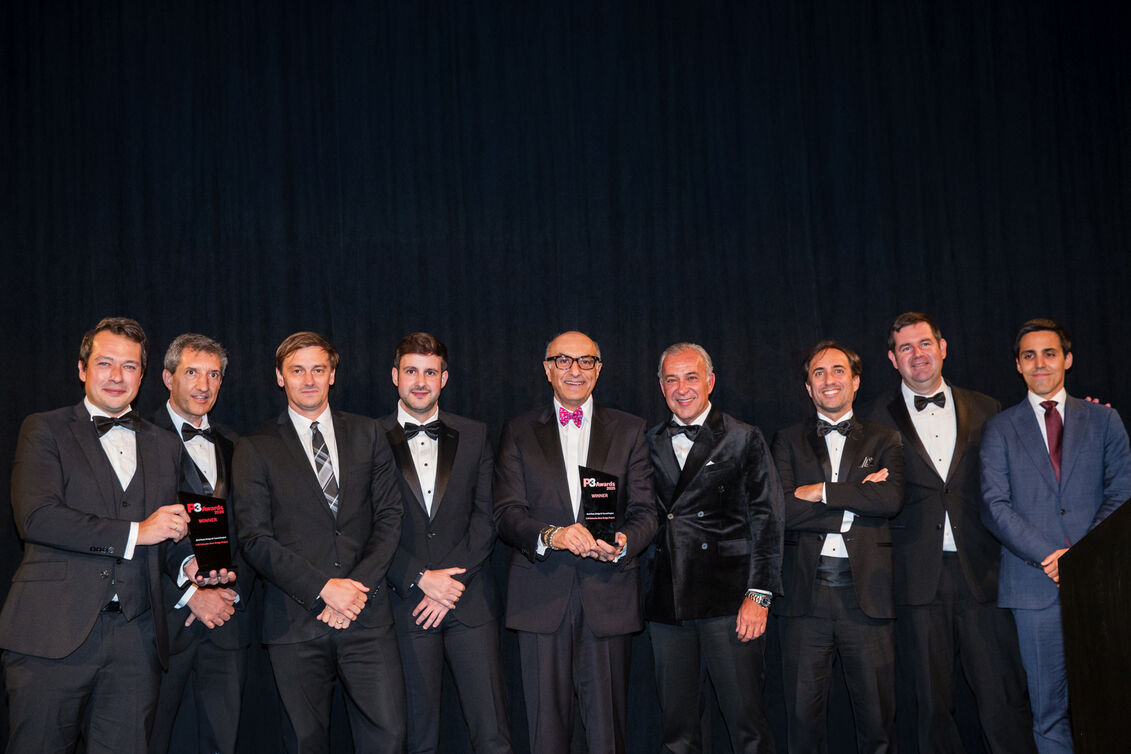An interview with Mauricio Saavedra, DocPath Sales Director, Latin America
Published in Mexico Business News May 15, 2025
by Diego Valverde | Journalist & Industry Analyst
Q: What motivated DocPath to enter the Latin American market? What are your main business verticals in the region today?
A: Our expansion into Latin America responds to a strategic decision formalized in 2024, after more than three decades of global operation with a consolidated presence in the European Union, Asia, and the United States. We initially worked with clients in the European Union that operated locally. We now aim to execute a proactive growth plan, with a robust commercial approach tailored to Latin America. Our main business verticals include the financial, insurance, retail, telecommunications, and manufacturing sectors, where advanced customer communication management and document automation generate a high operational impact.
Q: What distinguishes DocPath from other CCM solutions available in the market for document control, traceability, and scalability?
A: Our value proposition lies in a solution that is highly adaptable to the client’s business processes, without imposing standard structures. This approach allows for faster implementation and return on investment. Unlike uniform global approaches, we apply a strategy of technological tropicalization, incorporating country-specific characteristics through local partners and regional professional services. This functional and cultural flexibility allows us to deliver scalable solutions aligned with the regulatory and operational particularities of each market, which represents a critical advantage over competitors that replicate homogeneous models without contextual adjustments.
Q: What strategies are you implementing to ensure good positioning within each of your markets in Latin America?
A: Our positioning strategy combines brand visibility with high-value local alliances, which we consider business partners. We focus on building collaborative ecosystems where customer, partner, and supplier win equally, in contrast to centralized and vertical models. In markets such as Mexico, where cultural differences are significant, we implement a flexible commercial model oriented to the co-creation of solutions. We also have a deep understanding of the local market.
Q: What success stories have you experienced in other markets that could be replicated in Latin America?
A: During our international experience, particularly in the banking and insurance sectors in the European Union and the United States, we transformed the way organizations manage communications with their customers. We replaced traditional one-way transactional messaging models with two-way, personalized interactions that not only inform, but enable real-time actions. This approach allows a customer, upon receiving his or her account statement, for example, to directly activate processes such as installment payments, claims, or expense analysis, without leaving the communication environment. In Latin America, we see considerable potential to replicate this model, especially considering the relative lag in the digital maturity of business communications.
Q: What degree of autonomy do business users have during the design, modification, and distribution of documents within the platform?
A: From the design stage, our platform was conceived to be used directly by business areas, not by technical teams. This allows us to drastically reduce implementation times and adjustments in document processes. Business users can create, modify, and distribute communications without depending on an IT area, which translates into less time-to-market and greater operational agility. In addition, we incorporate best practices based on our experience with multiple industries, enabling users to implement efficient processes from day one.
Q: How does DocPath ensure complete traceability of a document’s lifecycle, from its creation to its multichannel distribution?
A: We control the complete document lifecycle through an end-to-end solution that integrates data capture, design, multichannel issuance, and customer feedback. We act as a document control tower, monitoring in real time the status and performance of each communication from activation to final interaction. This is complemented with operational dashboards that allow us to measure results, detect bottlenecks and optimize flows, guaranteeing total traceability, regulatory compliance, and the protection of sensitive data under international standards.
Q: What specific capabilities does DocPath offer to facilitate integration with legacy systems without affecting the customer’s infrastructure?
A: For more than 30 years, DocPath has honed its ability to integrate with highly complex legacy systems without requiring customers to modify their existing infrastructure. We position ourselves as a digital enablement layer that extracts data from robust transactional environments, such as those prevalent in sectors like finance, insurance, or retail, and transforms it to operate on a modern, state-of-the-art communications platform.
Q: What are the main emerging risks that companies face in terms of document security and how should they prepare for them?
A: The main risk lies not only in protecting data, but in the inefficient use of sensitive information. Many companies continue to use generic communication strategies that negatively affect customer perception. Regulations such as the «Do Not Disturb» law in Chile, which limits the frequency of contacts, is forcing companies to prioritize relevant and personalized content. Document security is no longer just about encrypting or restricting access; it is about maximizing the value of data in relevant contexts, optimizing the channel, timing, and message to strengthen the client-company relationship and comply with stricter regulatory frameworks. Additionally, there is significant concern about security when transitioning to a new solution, but with DocPath, a seamless transition not only ensures data protection but also saves teams valuable working hours.
Q: What impact will the trend toward hyper-personalization have on the way industries manage their documentation and communications?
A: Hyper-personalization will transform document management into a strategic contact tool, allowing us to generate high-value communications contextualized by channel, moment, and customer profile. This translates into a substantial improvement in response rates, a direct reduction in operating costs, and an increase in brand awareness. By optimizing volumes and content, we also make a concrete contribution to businesses’ sustainability objectives, aligning ourselves with the expectations of the new generations.
Q: What role will AI and analytics play in document management in Latin American industries?
A: AI will enable the transformation of dispersed customer data into actionable inputs to generate predictive, accurate, and relevant communications. However, its true potential can only be harnessed if there is effective integration of information sources, something that is still limited in Latin America. We solve this challenge by connecting legacy and dispersed systems through a unified platform that enables the application of AI, allowing companies to act in real time based on user behaviors, consumption patterns, and context.
Q: What are DocPath’s priorities for the Mexican and Latin American market for 2025 in terms of expansion or consolidation?
A: Our priority is to position ourselves as a key digital enabler that enables organizations to optimize their customer communication processes, improve user experience, and accelerate business conversion. To do this, we aim to capitalize on dynamic verticals such as fintech and insurtech, where the demand for modular and scalable solutions often clashes with legacy systems. Our proposal for the future does not seek to replace existing platforms, but to integrate as a flexible layer that accelerates digital transformation, reduces friction, and enables tangible quick wins for our clients.
DocPath is a leading document management software company that specializes in the automation of customer communications and document lifecycle management.





